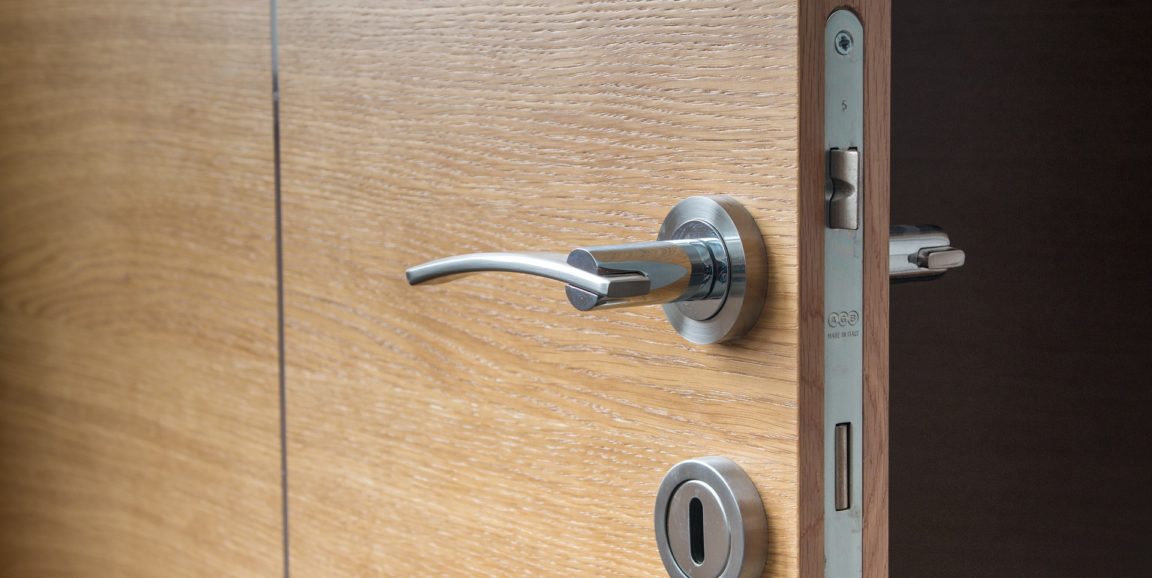When a doctor steps into an exam room, patients can feel expectant, with a tinge of anxiety. Yet this simple entry can also trigger a flood of emotion for the medical professional, especially if they are a doctor in training.
In a recent JAMA column, Stanford medical student Anna Goshua reflects on her first assigned encounter with a patient. Her task is to talk with the patient, carry on a conversation and collect information, but she soon finds out her assignment is harder than it sounds.
As soon as Goshua steps in the exam room, things don't go as she'd planned. She fumbles with the hand sanitizer, she's so nervous she cannot clearly write (or read) her notes, and the words that once came so easily to her suddenly sound self-conscious and unnatural. Despite her good intentions, Goshua just can't connect with the patient.
She writes:
We were given ten minutes for this encounter—I emerged in six to an empty hallway, frustrated...
I thought about the multitude of conversations that I’ve had throughout my life... I couldn’t recall ever struggling to be attentive and worrying about saying and doing the right things to the extent that it hindered me from doing them.
...
Putting on a white coat meant that I had to become something more than I was. I realized that I hadn’t gone into the room to have a conversation; instead, I’d tried to prove something to the patient and to myself.
A few weeks later, Goshua has a chance encounter — and epiphany — while standing in line at the DMV.
"Out of mutual boredom" she stats chatting with the person next to her in line and, when her new friend finds out she's a medical student, the conversation turns to medicine and what it's like to be a patient.
I remember that conversation more vividly than anything that I was supposed to learn about my standardized patient. Without the pressure of molding myself into what I believed a doctor-to-be should be like, I was able to wholly invest myself in that interaction. It was something that I hadn’t been able to manage in a brightly lit fluorescent room, dressed in formal attire and a white coat, the cord of my stethoscope weighing against my neck.
The entire article is worth a read.
Photo by neshom




